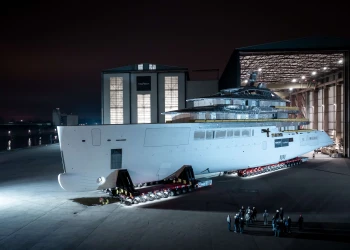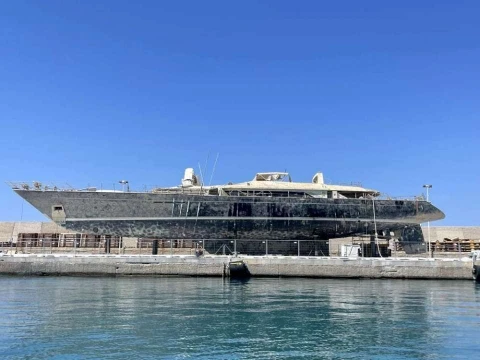
The Bayesian shipwreck: one year later, unanswered questions and ongoing investigations
The night of August 19, 2024, will remain etched in the memory of the nautical world as one of the most significant tragedies of recent years. Around 4 a.m., in the waters of Porticello – between Casteldaccia and Bagheria, in the province of Palermo – the sailing superyacht Bayesian sank within minutes. The toll was dramatic: seven victims, 15 survivors, and a long trail of technical, legal, and insurance questions that remain unresolved to this day.
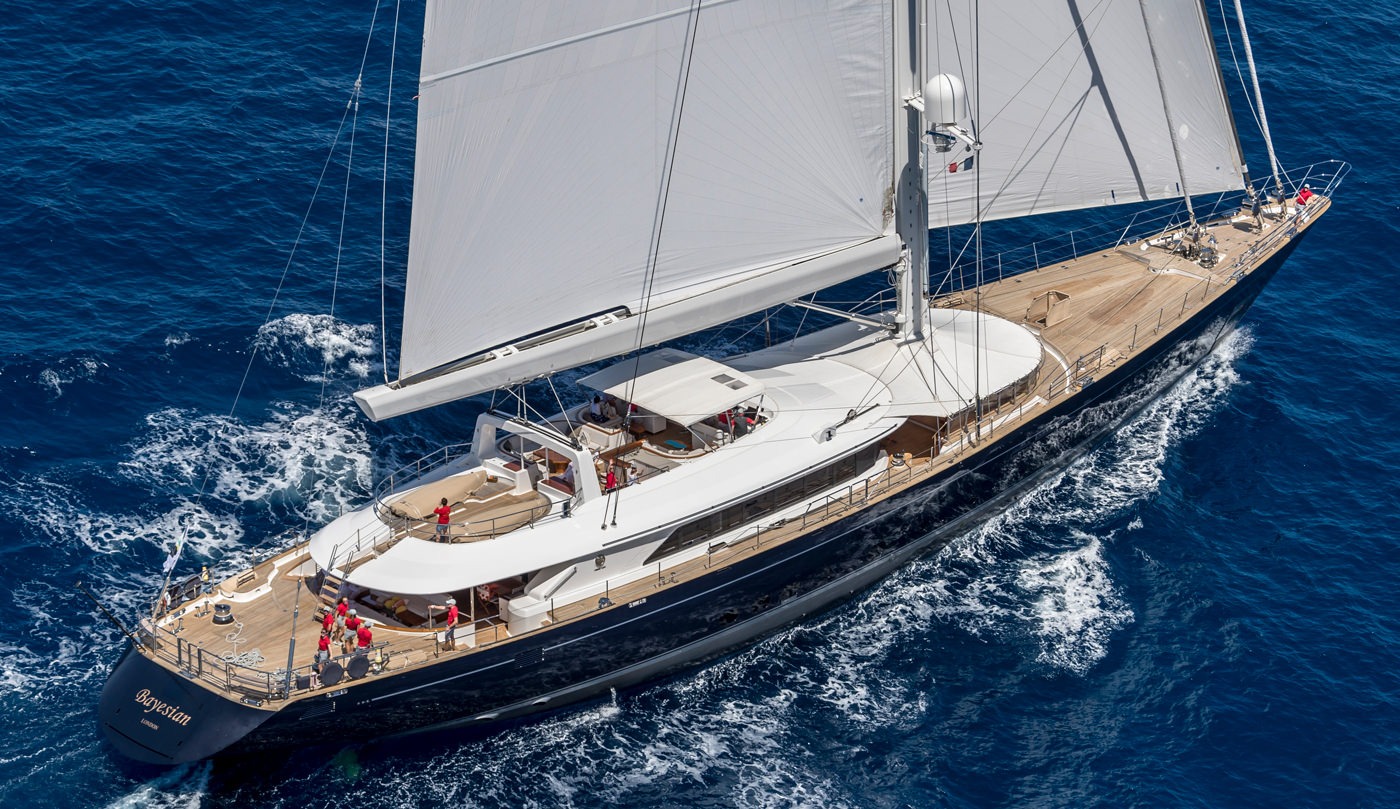
A record-breaking sloop
Bayesian was an extraordinary vessel: 56 meters in length, with a single aluminum mast (sloop rig) rising to 75 meters – the tallest in the world. Launched in 2008 under the name Salute, the yacht was designed to combine luxury and innovation, representing an extreme challenge of design and technology in its sector.
On board that night were 22 people: 12 guests and 10 crew members. Among them was the owner, British entrepreneur Mike Lynch, known as the “Bill Gates of England,” accompanied by his wife Angela Bacares, formally head of the owning company, and their 17-year-old daughter Hannah. For Lynch, it was a celebratory cruise, organized only weeks after his acquittal in a high-profile U.S. fraud case involving Hewlett Packard.

The sudden storm
Weather conditions deteriorated rapidly. Most likely, a downburst – a sudden, violent downdraft – struck the anchorage at Porticello. According to AIS data, at 03:50 Bayesian’s anchor began to drag. At 04:00, a blackout occurred: water had reached the generator. Three minutes later, the yacht disappeared from local radars and cameras. At 04:10, after drifting 358 meters, the vessel heeled beyond its Angle of Vanishing Stability (AVS) and sank.
Victims and survivors
Rescue operations saved 15 people. The victims included the yacht’s chef, Recaldo Thomas, owner Mike Lynch with his daughter Hannah, Jonathan and Judith Bloomer, and Christopher and Neda Morvillo. The stark contrast with the fate of the nearby vessel, the Dutch schooner Sir Robert Baden Powell, anchored just 100 meters away and left unharmed, remains one of the most debated points. Among the still-open hypotheses is the possibility of water ingress through the yacht’s stern doors, never definitively confirmed.
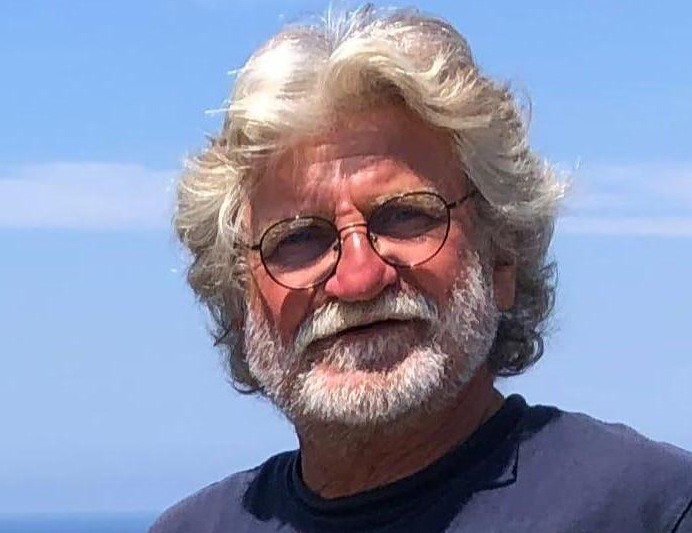
Judicial inquiry
The Prosecutor’s Office of Termini Imerese immediately opened a case for shipwreck and multiple counts of manslaughter, placing three crew members under investigation:
Captain James Cutfield, accused of failing to take the necessary measures;
Chief Engineer Timothy Parker Eaton, for not detecting water ingress;
Deckhand Matthew Griffiths, on watch that night.
The Italian Coast Guard compiled a 42-page report reconstructing the events, confirming that the combination of extreme weather and insufficient countermeasures proved decisive.
A controversial element remains the captain’s decision to stay in Porticello, despite advice to seek shelter in the port of Marina di Villa Igiea.
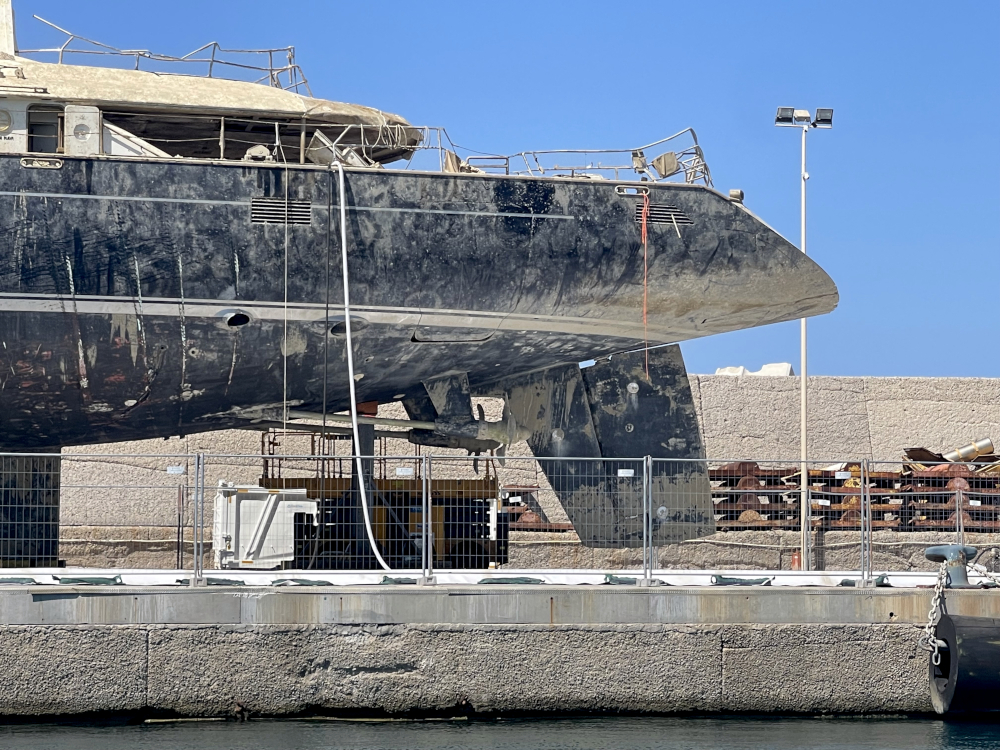
The UK’s involvement
In parallel, the UK’s Marine Accident Investigation Branch (MAIB) – as the yacht was registered under the British flag – launched its own technical investigation. The preliminary report, published in May 2025, revealed that the yacht’s AVS that night was only 70.6° in the given configuration (sails down, engine on, keel retracted). This meant that a lateral gust exceeding 63 knots could trigger irreversible capsize. Crucially, this information was missing from the vessel’s Stability Information Book, leaving the crew unaware of its vulnerability in those conditions.
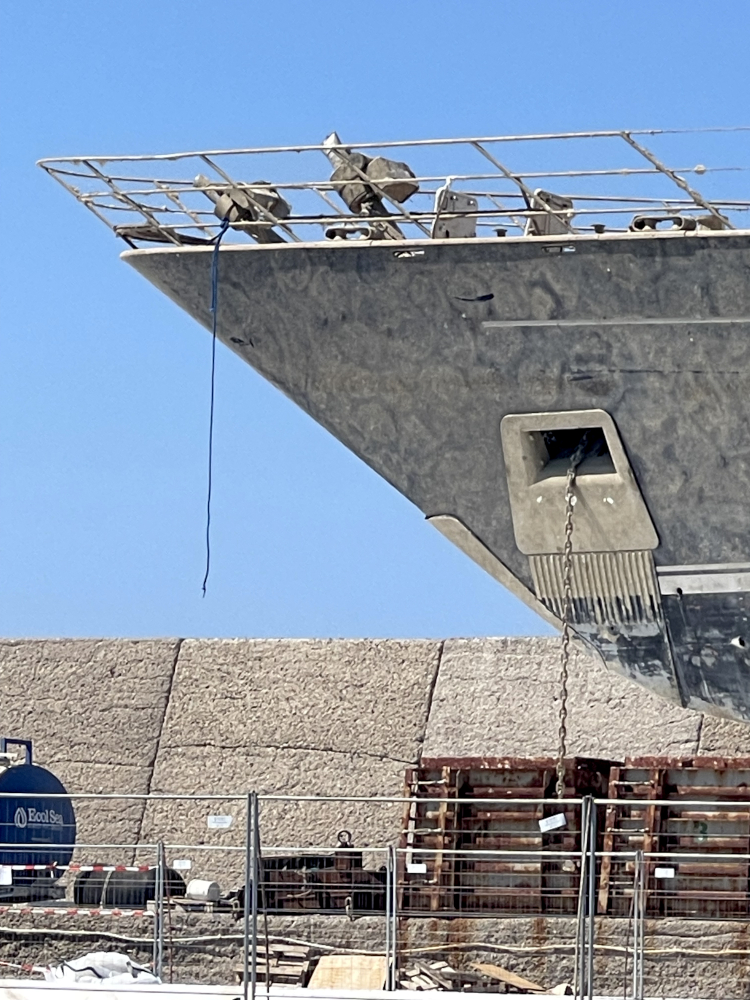
Salvage operations
The wreck was located at a depth of 49 meters. Salvage operations, begun in spring 2025, culminated in June with the lifting of the hull after the mast was cut to ease recovery. The yacht was transferred to Termini Imerese and placed under judicial seizure. During operations, a Dutch diver from the company Smith & Savage lost his life, opening a separate case for involuntary manslaughter at work.
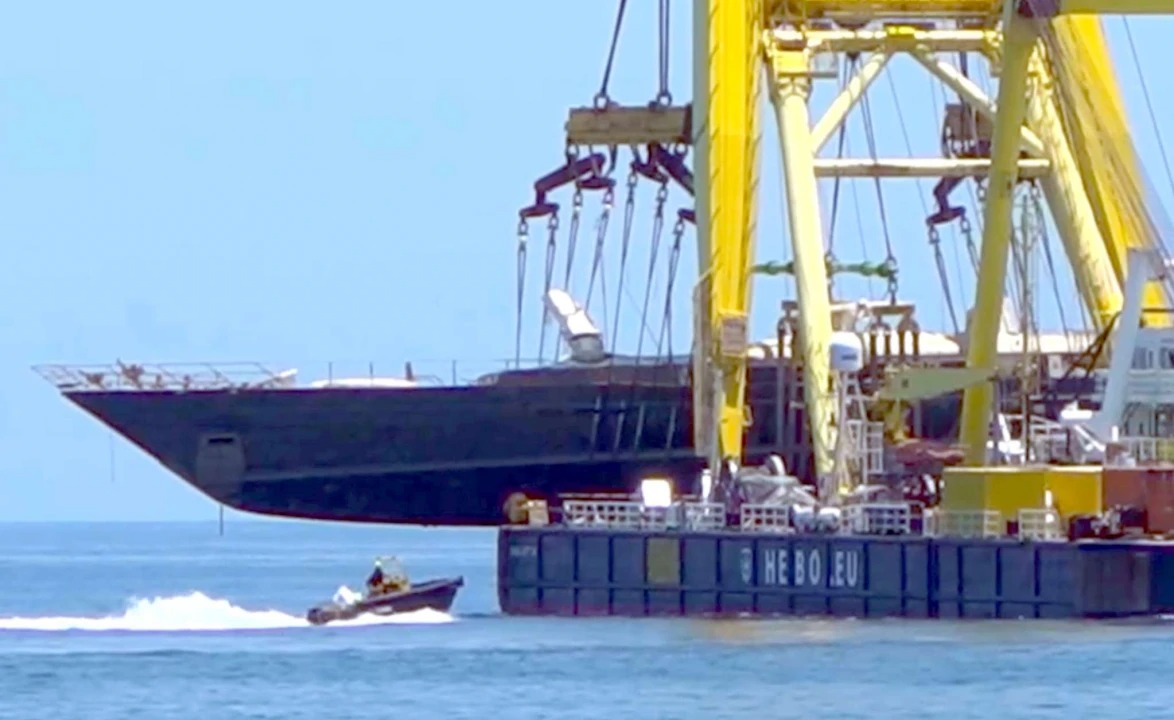
Insurance dispute
On the financial front, the sinking triggered a dispute of enormous proportions. Two insurance policies are involved: Hull & Machinery, covering material damage, and Protection & Indemnity (P&I), covering civil and environmental liability. While the yacht’s estimated value was around €30 million, total compensation could exceed €400 million, with some sources suggesting coverage as high as €2 billion. However, the outcome will largely depend on the investigations: potential design flaws or documentation gaps could shift liability from the captain to the shipyards involved.
©PressMare - All rights reserved





